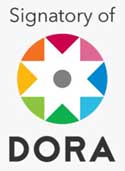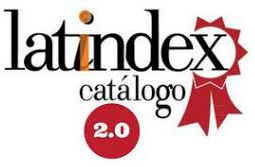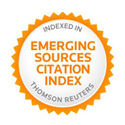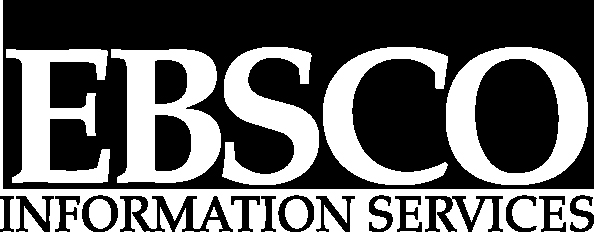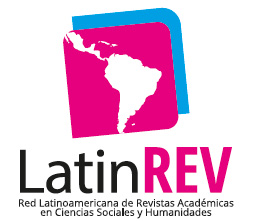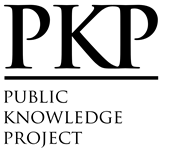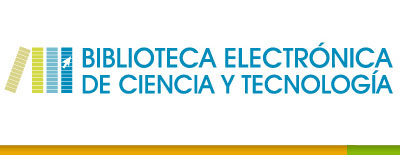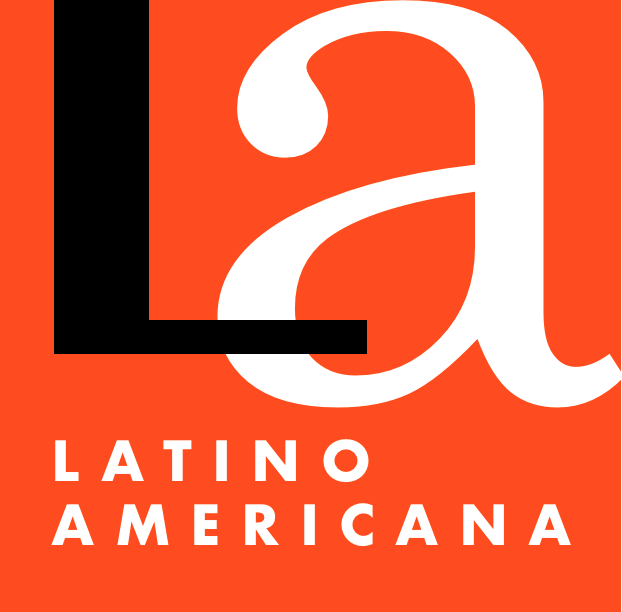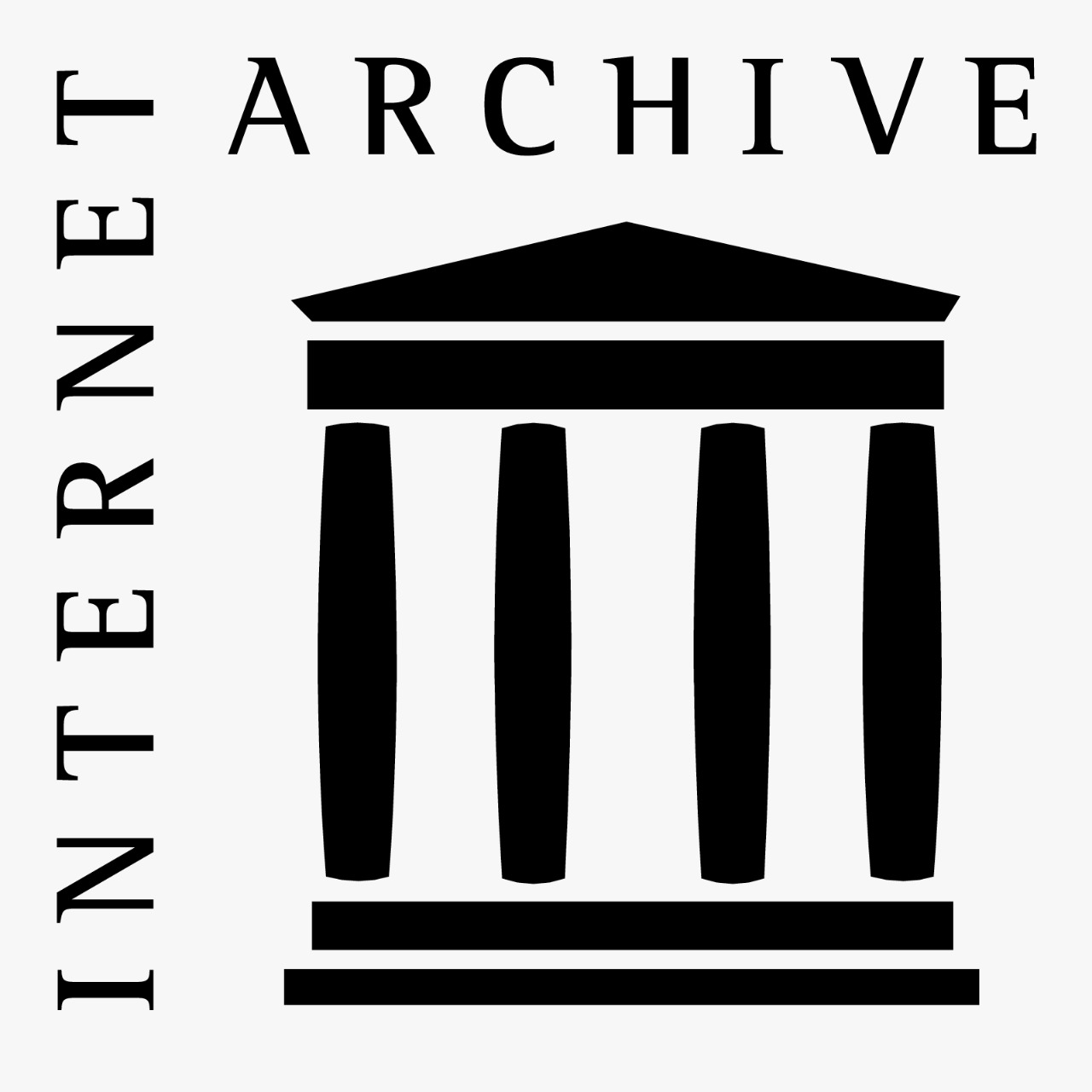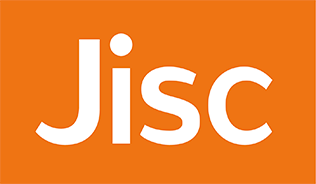Government advertising as hidden political funding
A theoretical and empirical analysis of the case of Argentina
Abstract
This work hopes to lay the theoretical groundwork for the hypothesis that government advertising can be ‒and is‒ used as an electioneering tool in favor of incumbents, that is, those currently heading the Executive Branch. To achieve this, we will present a bibliographical discussion of the causes, contexts, and mechanisms involved in this strategy, and then analyze the example of Argentina. We will offer empirical data showing the exponential growth, even adjusting for inflation, of government advertising spending between 2000 and 2014, and its unequal distribution across different newspapers.
Downloads
References
Abramowitz, A. I. (1988). Explaining Senate Election Outcomes. American Political Science Review, 82(2), 385-403.
Ansolabehere, S., Lessem, R. y Snyder, J. M. Jr. (2006). e Orientation of Newspaper Endorsements in US Elections, 1940-2002. Quarterly Journal of Political Science,1(4), 393-404.
Argentina. Juzgado Criminal y Correccional Federal nº 2. (15 de abril de 2019). De Vido, Julio Miguel s/malversación de caudales públicos y otros. [Causa 10431/2016]. Obtenido de https://bit.ly/2ZT9L6S.
Baack, D. W., Wilson, R. T. y Till, B. D. (2008). Creativity and Memory Effects: Recall, Recognition, and an Exploration of Nontraditional Media. Journal of Advertising, 37(4), 85-94.
Baron, D. P. (2006). Persistent Media Bias. Journal of Public Economics, 90(1-2), 1-36.
Becerra, M. (2011). Quid pro quo. La publicidad oficial en la Argentina y sus múltiples facetas. [Informe]. Buenos Aires: Fundación Poder Ciudadano. Obtenido de https://poderciudadano.org/wp/wp-content/uploads/2011/12/
InformeFinalPublicidadOficiaArgentina20111.pdf.
Bennett, W. L. (1990). Toward a eory of Press State Relations in the United States. Journal of Communication, 40(2), 103-127.
Besley, T. y Prat, A. (2006). Handcuffs for the Grabbing Hand? Media Capture and Government Accountability. American Economic Review, 96(3), 720-736.
Brehm, J. W. (1966). A eory of Psychological Reactance. Nueva York: Academic Press.
Chomsky, N. y Herman, E. (2002). A Propaganda Model. En Manufacturing Consent. The Political Economy of the Mass Media. 2a ed. (pp. 1-35). Nueva York: Pantheon Books.
Cuadrado, M. y Frasquet, M. (1999). Segmentation of Cinema Audiences: An Exploratory Study Applied to Young Consumers. Journal of Cultural Economics, 23(4), 257-267.
Dalton, R. J., Beck, P. A. y Huckfeldt, R. (1998). Partisan Cues And e Media: Information Flows in the 1992 Presidential Election. American Political Science Review, 92(1), 111-126.
DellaVigna, S. y Gentzkow, M. (2010). Persuasion: Empirical Evidence. Annual Review of Economics, 2(1), 643-669.
Di Tella, R. y Franceschelli, I. (2011). Government Advertising and Media Coverage of Corruption Scandals. American Economic Journal: Applied Economics, 3(4), 119-151.
Freille, S. (2014). Dinero y política en Argentina: financiamiento de campañas, resultados electorales y elección de políticas en el período 2003-2011. [Proyecto de investigación]. Córdoba: Universidad Católica de Córdoba.
Gehlbach, S. y Sonin, K. (2014). Government Control of the Media. Journal of Public Economics, 118, 163-171.
Gelli, M. A. (2004). Constitución de la Nación Argentina: comentada y concordada. Buenos Aires: La Ley.
Goldenberg, E. N. y Traugott, M. W. (1981). Normal Vote Analysis of US Congressional Elections. Legislative Studies Quarterly, 6(2), 247-257.
Hollander, S. (1979). On the Strength of a Newspaper Endorsement. Public Opinion Quarterly, 43(3), 405-407.
Instituto Verificador de Circulaciones. (2013). Base de datos. Obtenido de www.ivc.org.ar/base_datos.html.
Jacobson, G. C. (1978). The Effects of Campaign Spending in Congressional Elections. American Political Science Review, 72(2), 469-491.
Krebs, T. B. (1998). The Determinants of Candidates’ Vote Share and the Advantages of Incumbency in City Council Elections. American Journal of Political Science, 42, 921-935.
Leiras, M. y Schiumerini, L. (2011). Un desequilibrio que condiciona a la democracia: el peso de los oficialismos. Le Monde Diplomatique. Edición Cono Sur, 149, 6-7.
Lessem, R. (2003). e Impact of Newspaper Endorsements on Voting. [Documento de trabajo inédito]. Cambridge: Massachusetts Institute of Technology, Department of Economics.
Moon, W. (2006). e Paradox of Less Effective Incumbent Spending: Theory and Tests. British Journal of Political Science, 36(4), 705-721.
Mullainathan, S. y Shleifer, A. (2005). e Market for News. American Economic Review, 95(4), 1031-1053.
Nickerson, R. S. (1998). Confirmation Bias: A Ubiquitous Phenomenon in Many Guises. Review of General Psychology, 2(2), 175-220.
Petrova, M. (2008). Political Economy of Media Capture. En Islam, R. (ed.). Information and Public Choice (pp. 121-139). Washington DC: e World Bank.
Poder Ciudadano (s. d.). Publicidad Oficial. Obtenido de http://www.publicidadoficial.org.ar/index.php/es.
Prat, A. y Strömberg, D. (2013). e Political Economy of Mass Media. Advances in Economics and Econometrics, 2, 135-192.
Robinson, J. P. (1976). Interpersonal Influence in Election Campaigns: Two step-Flow Hypotheses. Public Opinion Quarterly, 40(3), 304-319.
Rowland, M. (2004). Análisis comparado sobre el financiamiento de campañas y partidos políticos, Ecuador. En Griner, S. y Zovatto, D. (coords.). De las normas a las buenas prácticas: el desafío del financiamiento político en América Latina. San José: ABC Ediciones del Sur.
Stratmann, T. (1991). What do Campaign Contributions Buy? Deciphering Causal Effects of Money and Votes. Southern Economic Journal, 57(3), 606-620.
Taricco, J. L. (2009). De la publicidad de “bien público” a la publicidad social en Argentina. Icono14, 7(2), 24-36.
Young, S. (2005). eories for Understanding Government Advertising in Australia. Canberra: Research School of Social Sciences, Australian National University.
Copyright (c) 2019 Fabrizio Nahuel Aguirre, Matías Alejandro Caro, Federico Ariel Olagaray

This work is licensed under a Creative Commons Attribution-NonCommercial 4.0 International License.
The authors retain the copyright and guarantee the journal the right to be the first publication of the work. In case that a translation of the article already published in Austral Comunicación can be published in another journal, it is requested to record the original publication in the translated version.
The license used is CC BY-NC-SA, which allows sharing (copying and redistributing the material in any medium and format) and adapting (remixing, transforming and building on the material) under the following terms: attribution (acknowledge authorship) and non-commercial (the material cannot be used for commercial purposes). Update: February 1, 2022.
Austral Comunicación allows the author (s) to retain the publication rights without restrictions.



